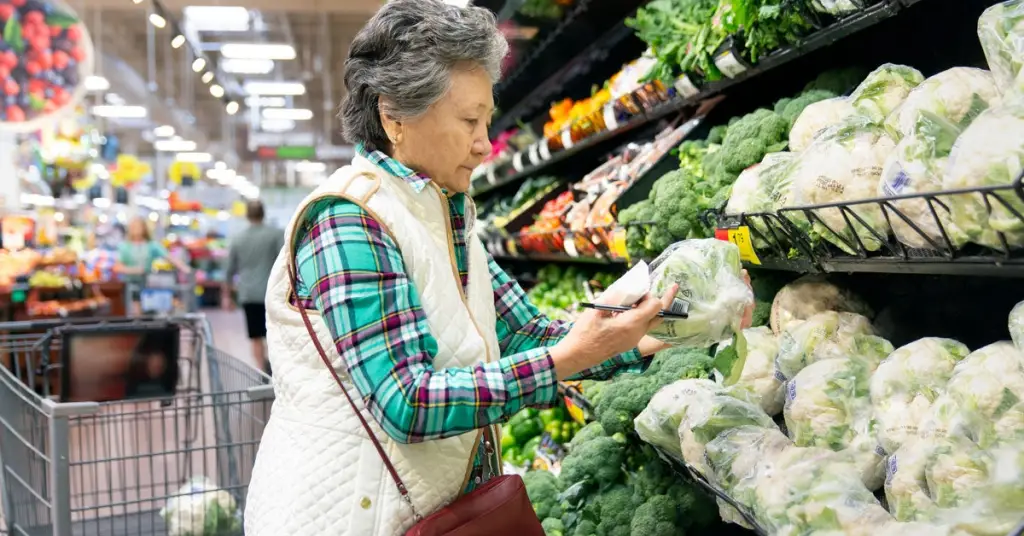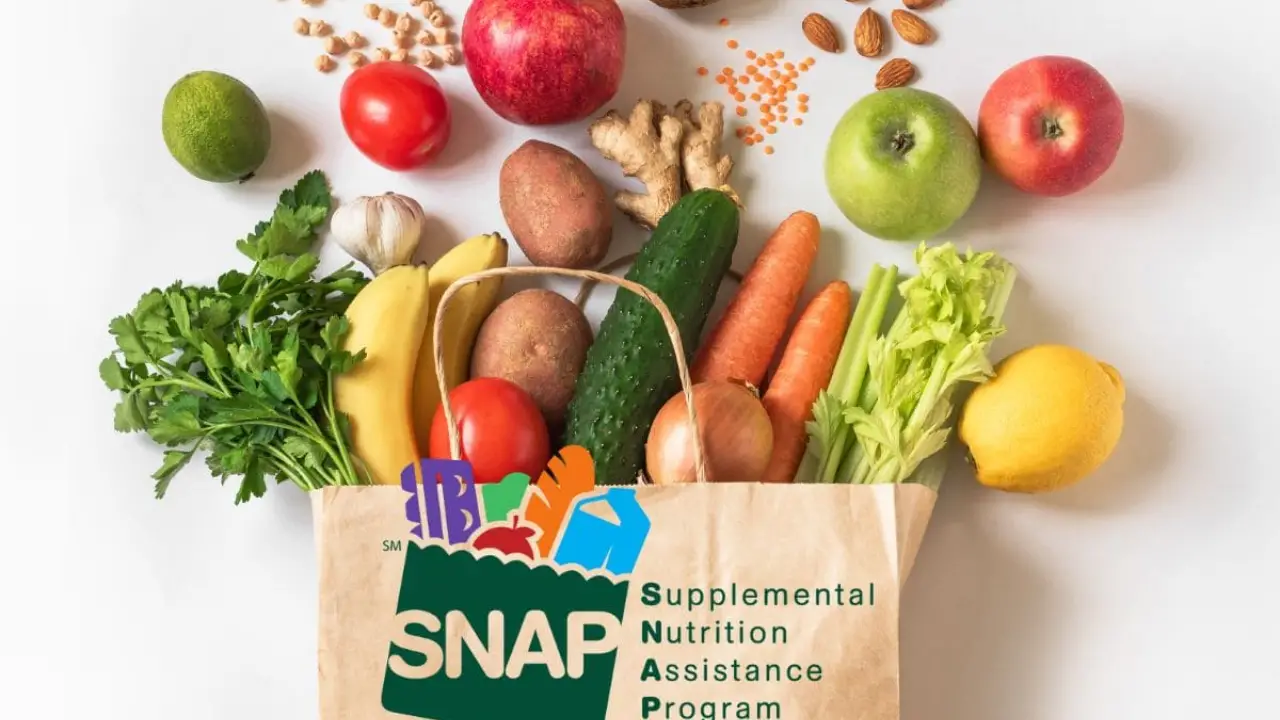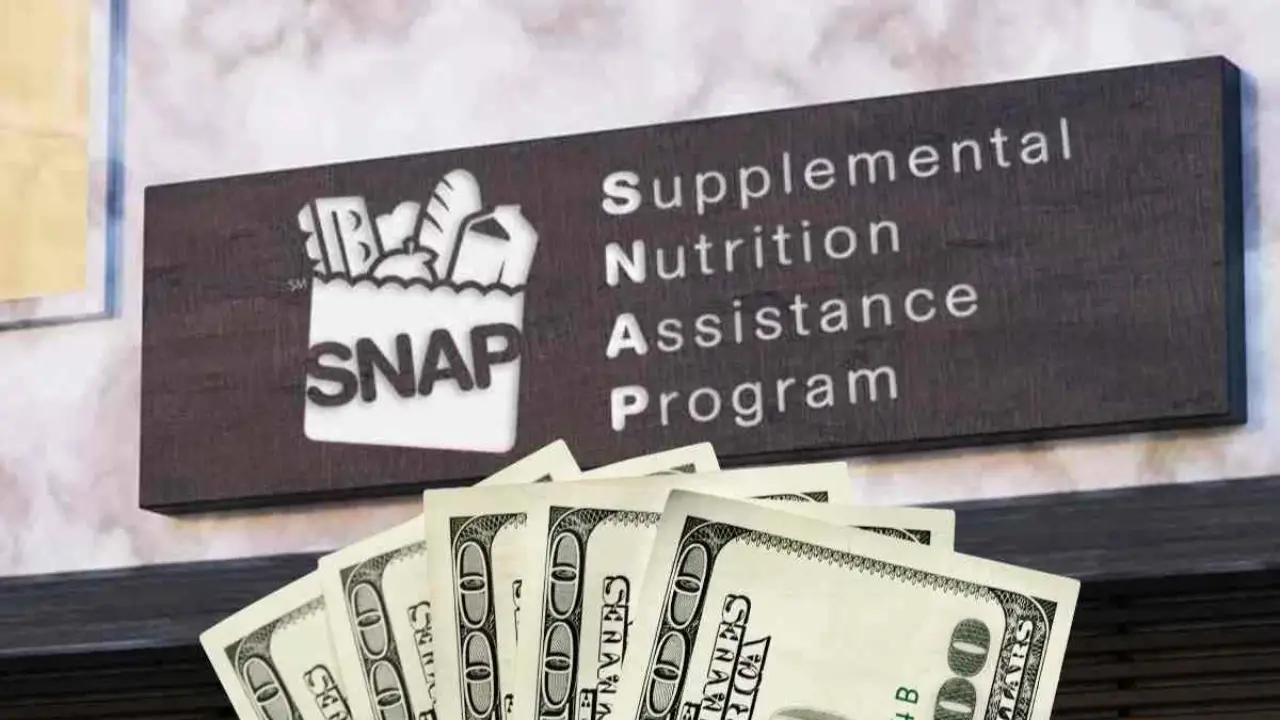The debate surrounding the Supplemental Nutrition Assistance Program (SNAP) has taken a new turn, with several states pushing for restrictions on the types of foods that can be purchased with SNAP benefits. Some states, including Texas, Montana, and Idaho, are considering limits on foods such as chips and candy. U.S. Health and Human Services Secretary Robert F. Kennedy Jr. has encouraged states to consider these changes. However, experts argue that such restrictions may not achieve the desired health improvements and could complicate food access for low-income families.
Kate Bauer, an associate professor of Nutritional Sciences at the University of Michigan, sheds light on the potential consequences of such policies, which may do more harm than good.
The Problem with Restricting Food Choices for SNAP Recipients
SNAP, often referred to as food stamps, helps individuals and families with low incomes purchase food. While this program is designed to alleviate food insecurity, it has also become a target for policy changes that restrict the types of foods eligible for purchase. The idea is to promote healthier eating by banning items like soda and junk food. However, research suggests that these restrictions might not have the intended effect.
Randomised controlled trials—the gold standard for research—have shown that while restrictions on specific food items like sugary beverages may reduce the purchase of those items, they don’t result in a significant improvement in the overall diet of SNAP recipients. In other words, limiting access to unhealthy foods doesn’t necessarily translate into healthier eating habits.
Bauer points out that these policies focus on consumers rather than addressing the root causes of poor health, such as food insecurity and the practices of the food industry. In her view, the solution is not to restrict families’ choices but to strengthen and expand programs like SNAP, Medicaid, and WIC (Special Supplemental Nutrition Program for Women, Infants, and Children).
Impact on Families: Stigma and Confusion
In addition to the lack of evidence supporting the effectiveness of food restrictions, Bauer highlights another significant concern: the stigma associated with them. SNAP recipients already face judgment and discrimination, with many reporting humiliating experiences while shopping for food. A study conducted in Michigan found that food-insecure families often encounter negative comments from strangers and public shaming when using food assistance benefits.

Bauer worries that food restrictions will only intensify this stigma, as it reinforces the idea that SNAP participants cannot be trusted to make good food choices. Not only does this harm mental and physical health, but it also complicates the shopping experience, leading to confusion and delays at checkout. As families try to navigate these restrictions, they risk facing further embarrassment and, in some cases, may even avoid using their benefits altogether.
The Power of Incentive Programs
In contrast to restrictions, incentive programs have shown promising results in improving nutrition. Programs like Michigan’s Double Up Food Bucks, which match SNAP dollars spent on fruits and vegetables, make healthy foods more affordable and accessible. These programs empower recipients to make healthy choices by addressing the financial barriers to nutritious food, rather than penalising them for purchasing less healthy options.
Incentive programs also respect the dignity of recipients by offering them more control over their food choices. Research indicates that these programs lead to a more significant improvement in diet quality than restrictions do.
Bauer argues that expanding successful incentive programs is a much more evidence-based approach than imposing restrictions. It would help families access healthier options without adding stigma or creating confusion at the store.
Expanding Restrictions: What Are the Risks?
Some states are considering expanding the scope of these food restrictions to include items such as chips and candy. Bauer believes this would exacerbate the issues already present with soda restrictions, creating even more confusion and stigma for SNAP recipients. Adding more food items to the restricted list would result in increased delays at checkout, more negative interactions, and additional barriers for families already struggling to make ends meet.
Moreover, Bauer emphasises that food quality should not be determined based on arbitrary standards that target specific items. Restricting SNAP purchases essentially tells families that they cannot be trusted to make their own food choices, which is both demeaning and ineffective at improving nutrition.
The Importance of Food Environments
The issue of food access is not just about what is or isn’t allowed to be purchased with SNAP benefits—it’s also about where people live and what food options are available to them. Many low-income communities suffer from food deserts, where healthy food options are scarce or nonexistent. Restricting food choices without addressing these structural barriers only makes life harder for residents.
Instead of focusing on limiting food choices, policies should aim to improve food environments by investing in infrastructure, such as community gardens, farmers’ markets, and improved transportation to grocery stores. Additionally, addressing the unethical marketing practices of food companies, especially those targeting vulnerable populations, is crucial to ensuring that healthy options are available to all.
Looking Ahead: A More Effective Approach to Public Health
Bauer believes that the focus should not be on restricting the food choices of families struggling to make ends meet. If we are serious about improving public health, we must address the root causes of food insecurity and invest in effective programs. Limiting food options is not the solution. The solution lies in creating environments where healthy food is accessible, affordable, and appealing to everyone, regardless of income.
Disclaimer: This article has been meticulously fact-checked by our team to ensure accuracy and uphold transparency. We strive to deliver trustworthy and dependable content to our readers.




